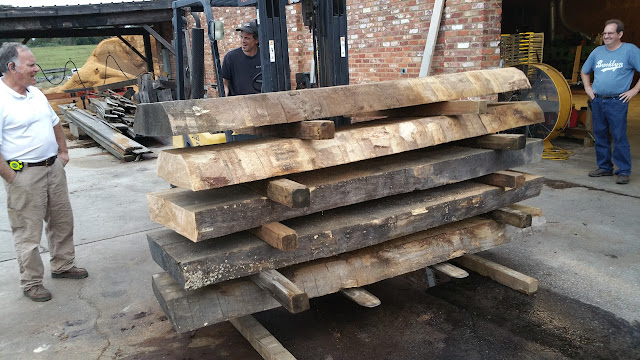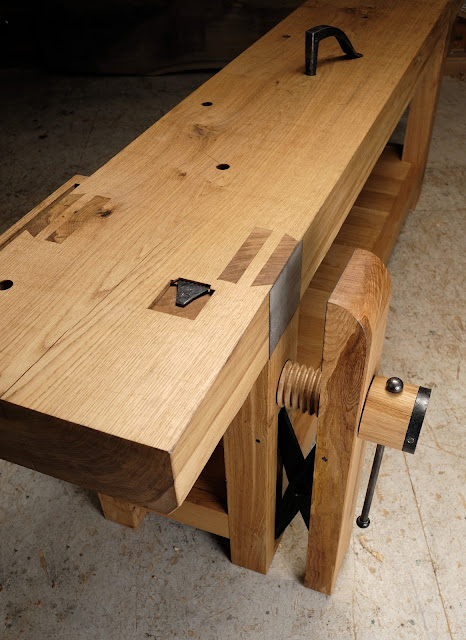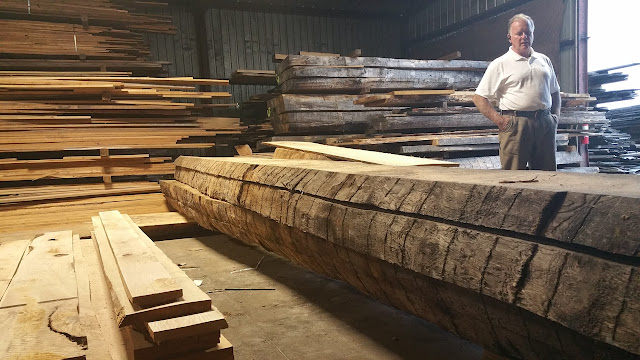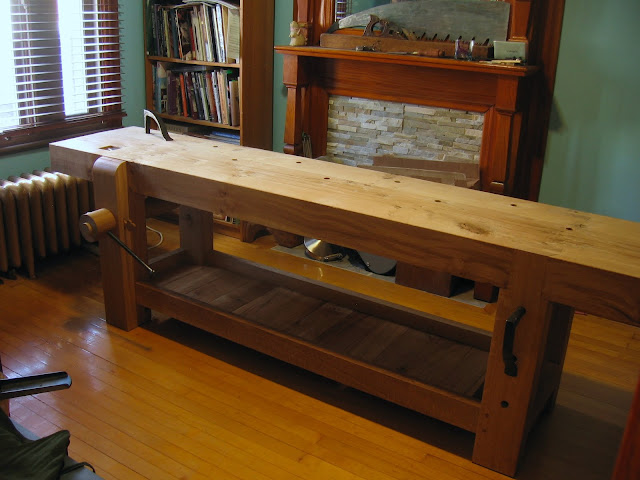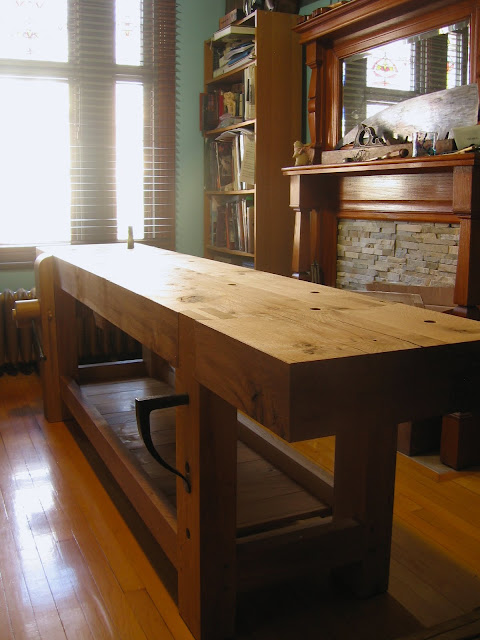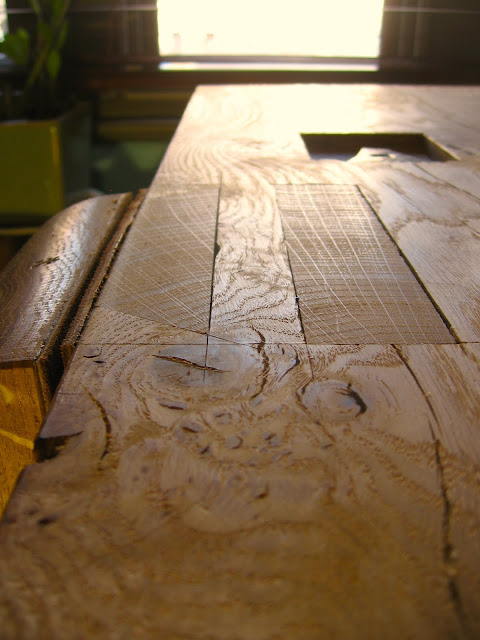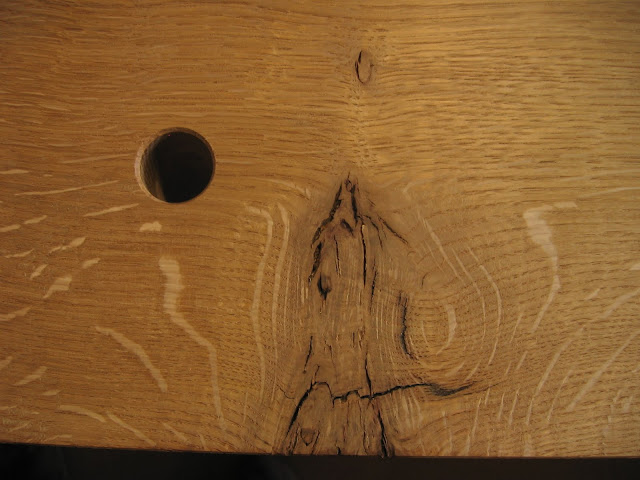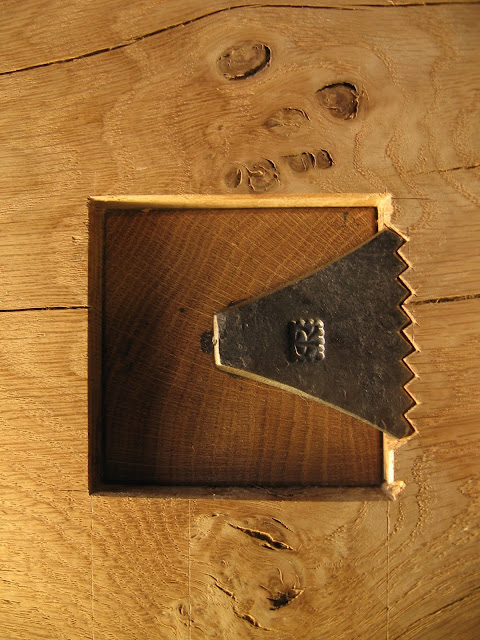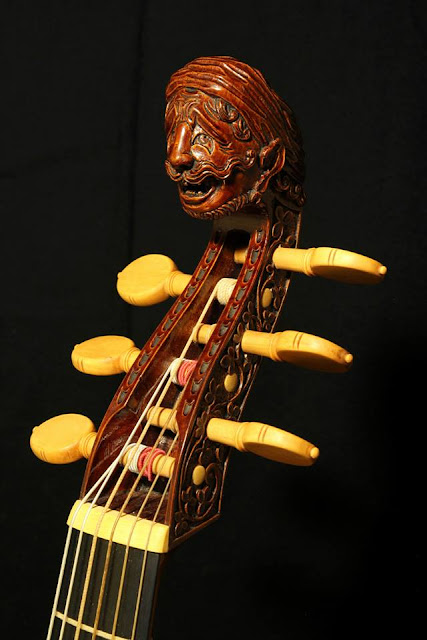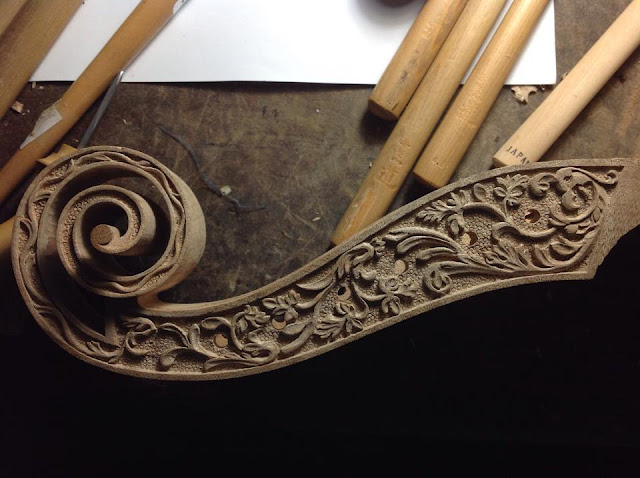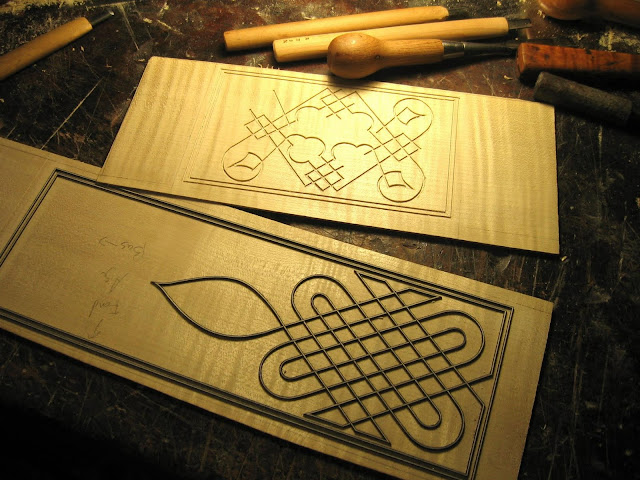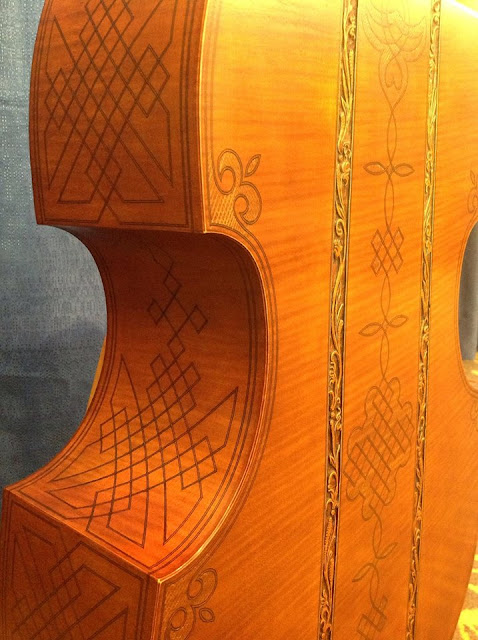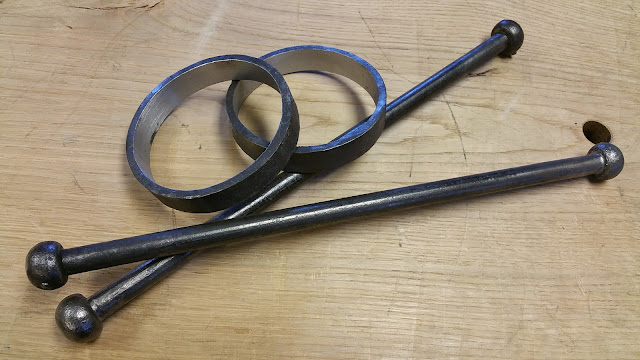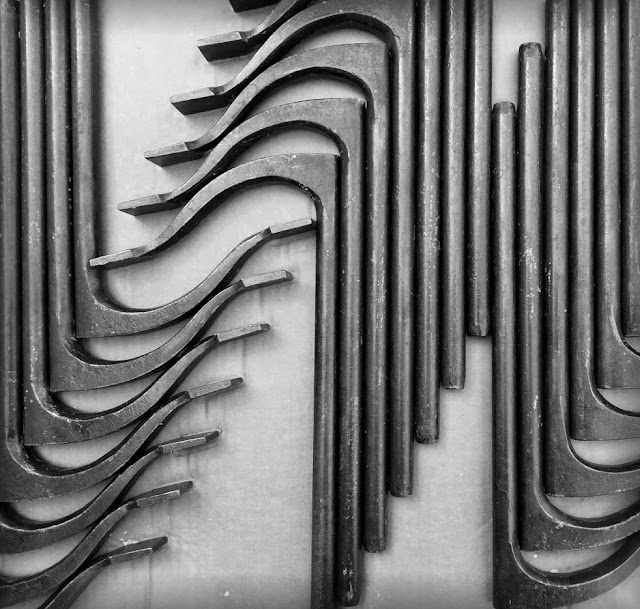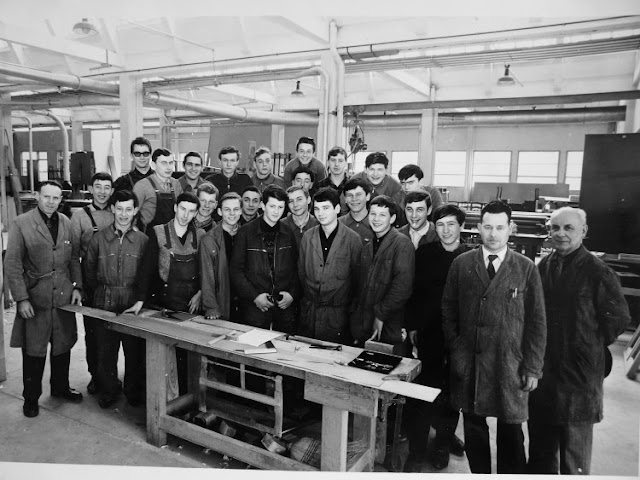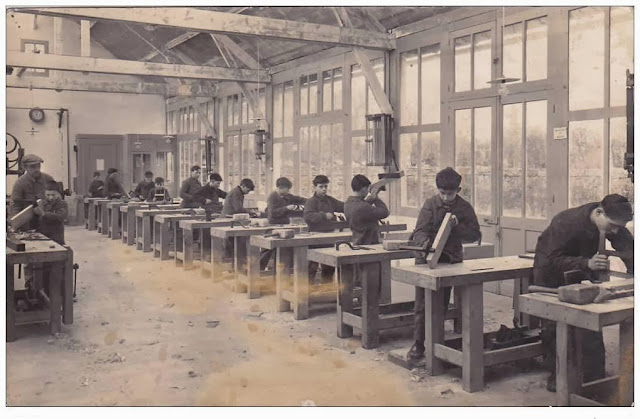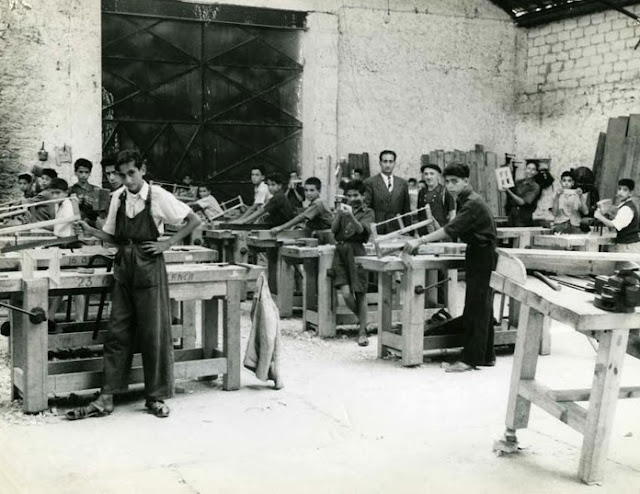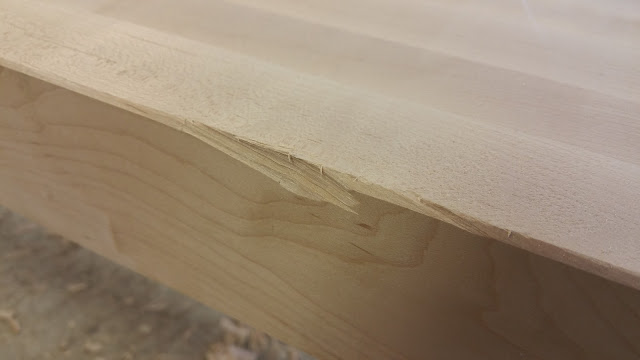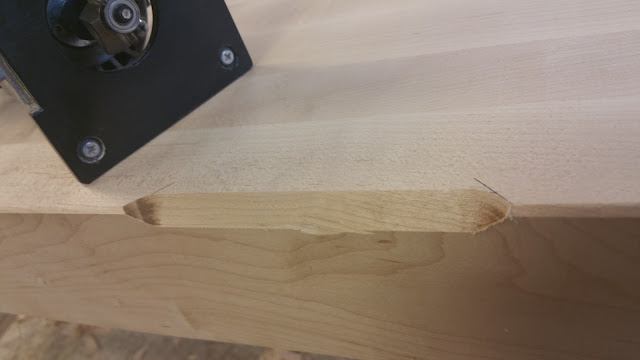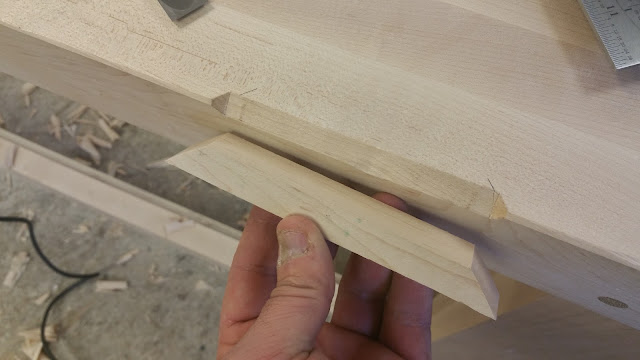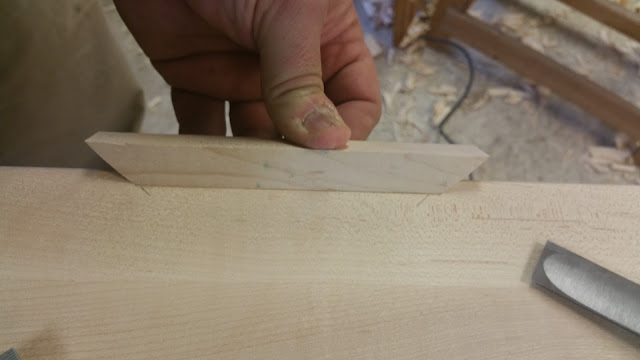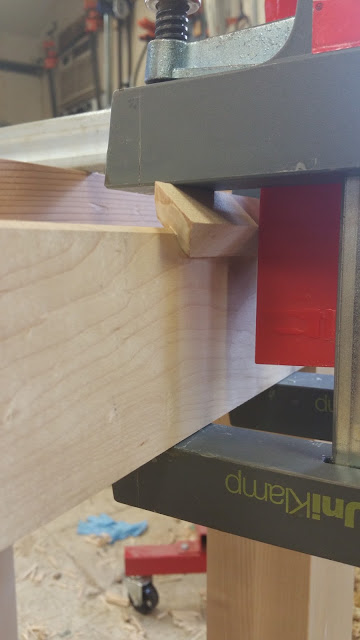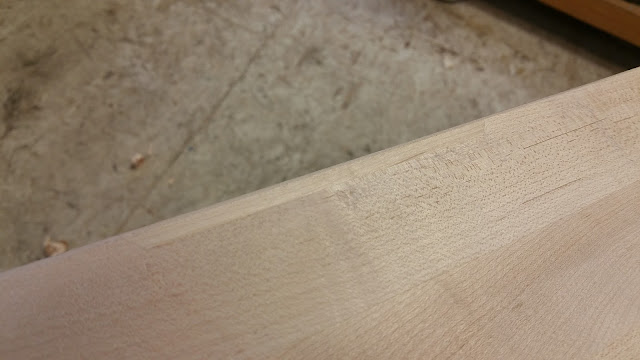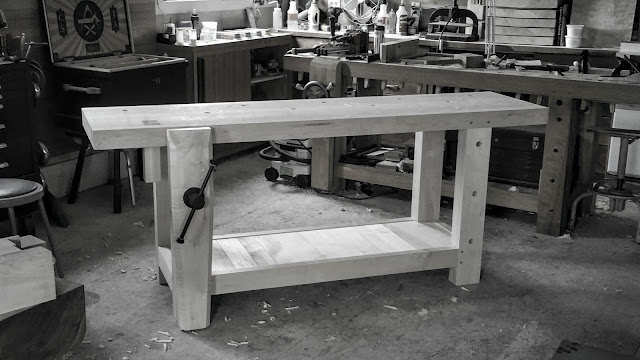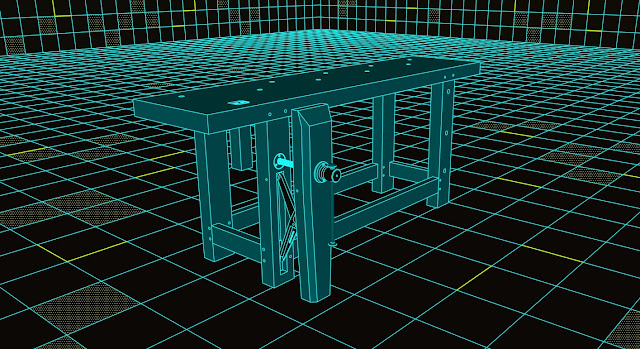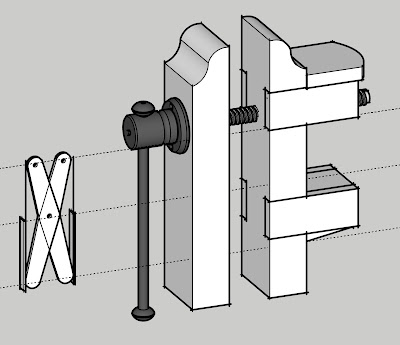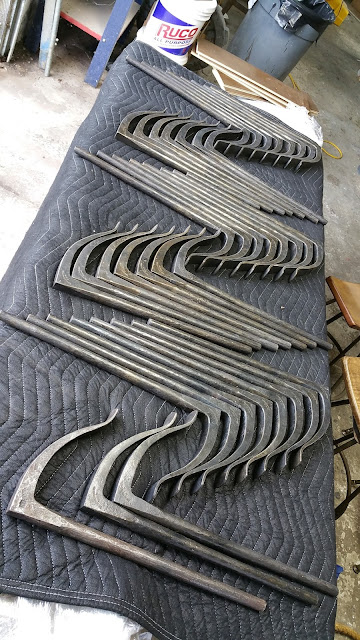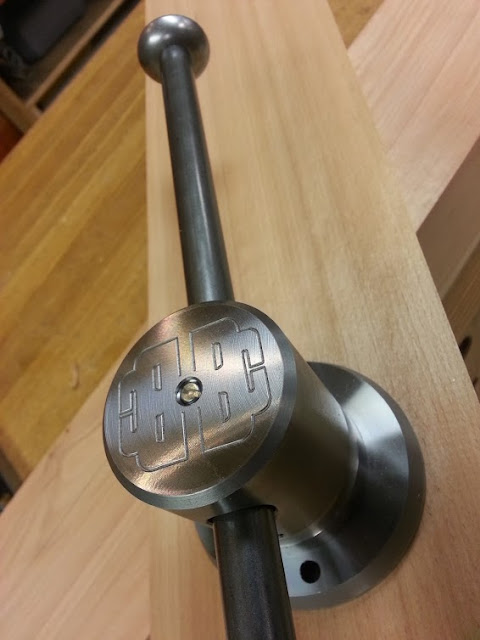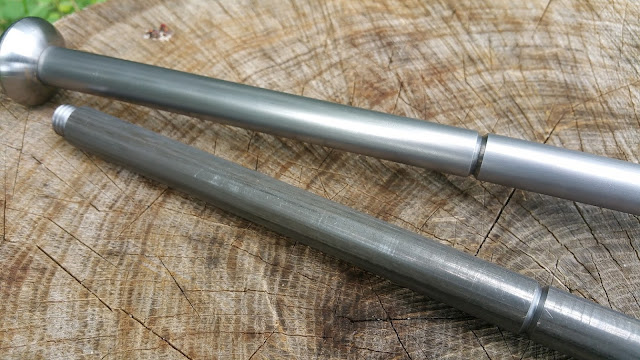Update: We've only got two kits left.
Nobody ever looked forward to leftovers. Until now.
In the year-long preparation for FORP II we prepared extra materials and hardware in the event of something catastrophic. Thankfully, nothing happened (even with Raney shuffling slabs around.) The good news is, we've got enough of everything left over to put together four complete bench kits. And we're offering them for sale here.
Here's what's included:
- 6" thick French oak to build a 2 or 3 piece top, between 96" and 108" long, and between 20" and 24" wide. We saw the slabs for good yield, but some edges could have up to 20% wane, which can be positioned on the underside of the top. The variability in the length and width is dictated by the slabs as they come off the flitch. Some are 20' long, others are 18'. Sawing off the worst of the end checks yields 96"-108" tops. We'll run the tops through the Oliver Straitoplaner which will leave minimal work before gluing up. These are processed exactly the same way as the tops we prep for the FORP.
- 4" x 6" thick French oak for the legs.
- 2-5/8" x 6" French oak for the chop.
- 2" x 4-1/4"French oak for the rails.
- 4/4 French oak for the shelf boards.
- 3x3 French oak for the planing stop.
All the above will be sawn to nominal dimensions, which you'll then work to S4S in your shop.
- French Oak Plate 11 Leg Vise
Massive French oak screw and tapped leg by Lake Erie Toolworks
Wrought iron ring ferrule hand forged by Peter Ross
Wrought iron vise handle hand forged by Peter Ross
Crisscross Solo by Benchcrafted
- Plate 11-style holdfast hand forged by Benchcrafted
- Plate 11-style planing stop hand-forged by Peter Ross
The entire package will be strapped to a robust pallet and carefully prepared for truck shipment to your shop. Pickup in Barnesville, GA is also an option.
This is everything that the FORP participants received during the build last week, except for the letterpress label and lunch. If you want a FORP bench, but couldn't make the build, this is your only chance to get this kit.
The price for the kit is $4410.
Actual freight costs, which range around $300 (that's a wide average) will be added at the time of shipping (unless you're picking up.)
Again, we only have
If you're interested in buying a kit, drop an email to info@benchcrafted.com and we'll tell you how to pay.
